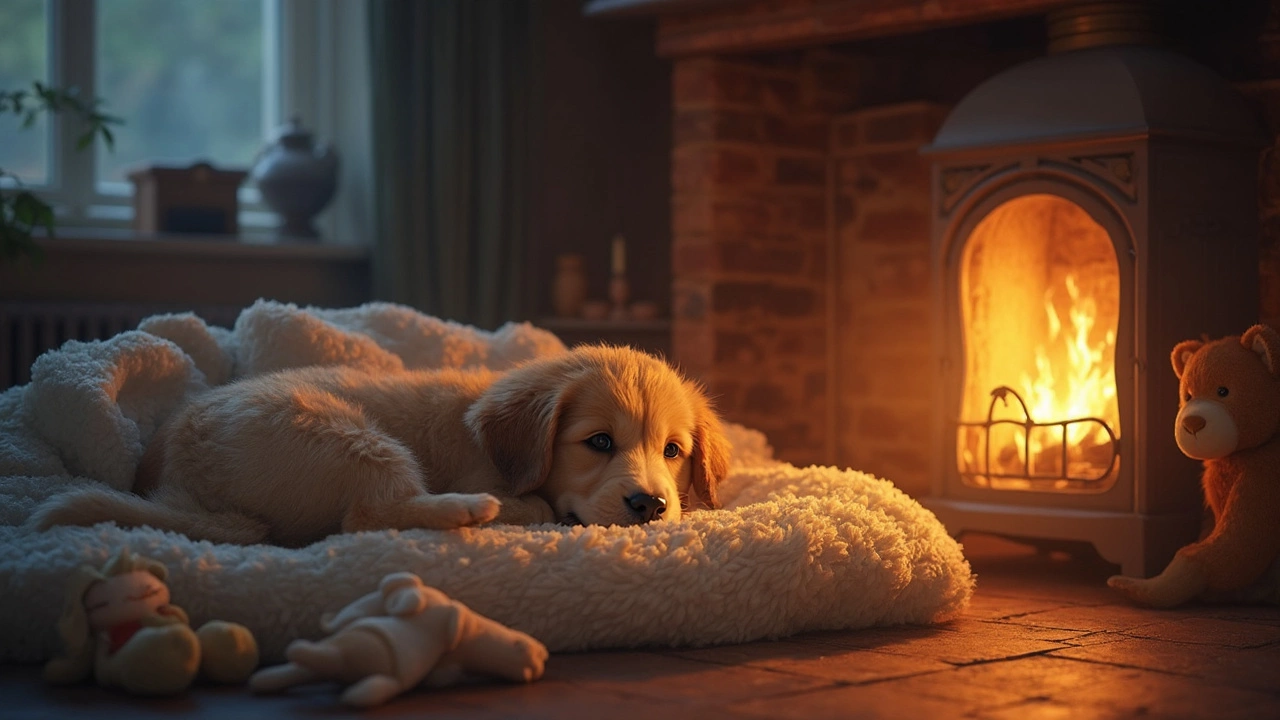Puppies: Essential Tips for New Dog Owners
Getting a puppy is exciting, but it can also feel overwhelming. You just brought home a bundle of energy that needs food, training, and a safe space—all at the same time. Below you’ll find straight‑forward advice to help your new pup settle in, learn good habits, and stay healthy without endless guesswork.
Training Basics You Can Start Today
Start with a simple house‑training routine. Choose a consistent spot outside for bathroom breaks and take your puppy there after meals, naps, and play sessions. Praise loudly and give a small treat right when they finish; they’ll link the spot with a reward.
Teach a “come” cue early. Call your pup’s name, say “come,” and reward with a treat the moment they reach you. Keep sessions short—five minutes max—so they stay interested. Repeat a few times a day and soon they’ll come when asked, even with distractions.
When it comes to chewing, give appropriate toys from the start. A chew toy satisfies teething urges and protects your shoes. If you catch them chewing something off‑limits, calmly redirect to a toy and praise when they bite the right thing.
Health, Nutrition & Everyday Care
Choose a high‑quality puppy food that meets AAFCO standards. Look for real meat as the first ingredient and a balanced mix of protein, fat, and DHA for brain development. Feed measured portions twice a day and avoid human snacks that can upset their stomach.
Schedule the first vet visit within the first week. The vet will set up a vaccination schedule, check for parasites, and give you a health baseline. Keep a record of each shot and follow the recommended booster timeline.
Socialization is key. Introduce your puppy to different people, sounds, and other friendly dogs while they’re still in the sensitive socialization window (around 8‑16 weeks). Short, positive experiences build confidence and prevent fear‑based behavior later.
Every night, decide where your puppy will sleep. Crates work well for many owners because they feel safe and help with house‑training. If you prefer a bed, place it in a quiet corner and keep the area consistently tidy. Whatever you choose, make it a habit so the pup knows where bedtime is.
Lastly, keep essential supplies handy: a sturdy leash, a soft collar with ID tags, waste bags, and a grooming brush. Regular brushing reduces shedding and gets the pup used to being handled, which makes future vet visits smoother.
Raising a puppy takes patience, but with these basics you’ll avoid common pitfalls and enjoy a strong bond from day one. Keep the training fun, the nutrition solid, and the routine consistent, and you’ll watch your little furball grow into a well‑behaved, happy dog.
Should Puppies Sleep in the Dark? How Light Affects Young Dogs
Wondering if your puppy should sleep in the dark at night? This article breaks down how darkness, light, and routine impact a puppy's sleep quality and development. Get practical tips on creating the best sleeping environment, why some puppies fuss in the dark, and how you can help your pup feel safe at bedtime. Plus, learn about the science behind puppy sleep habits and night lights. Make bedtime easier for both you and your little furball.
